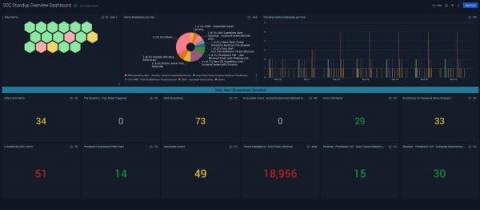The SEC's new cybersecurity disclosure rules - are you ready?
The U.S. Securities and Exchange Commission (SEC) announced new regulations for public companies requiring them to disclose a “material cybersecurity incident” via formal report due four business days after a company determines that a cybersecurity incident is material. This is creating a lot of buzz, with companies worried if they will be prepared.











